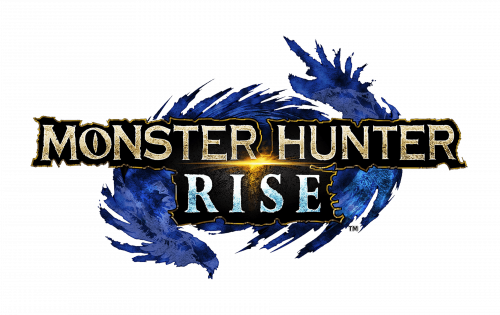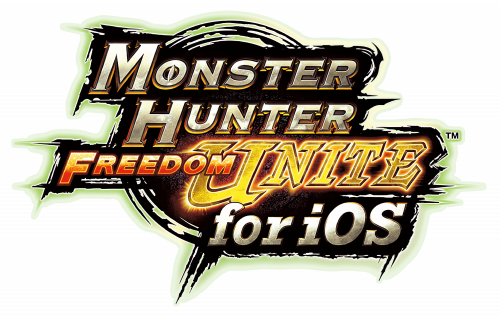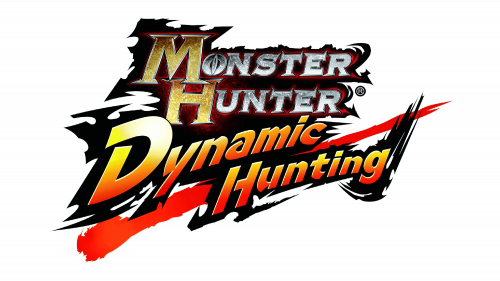Monster Hunter is a collection of action role-playing video games. The games are set in a fantasy world, where the user becomes a Hunter, slaying or trapping huge monsters. The first game was released in 2004.
Meaning and history
Although a different logo was developed for almost all new releases, there have been some recurrent motifs. The logo typically has a gloomy dark effect and often features a scary winged creature.
What is Monster Hunter
The media franchise Monster Hunter is built around a collection of video games published for a wide range of platforms, from PC to portable consoles, and mobile devices. The video games are created by Capcom.
2004 (Monster Hunter)
The original Monster Hunter logo already showcased the winged monster. It was placed on top of the wordmark and looked ready to attack. For the brave souls of the potential players, though, it was challenging rather than scary. So, in a way, it was more of an invitation into the game.
The name of the game below looked sinister enough, too. The metal letters looked old and aged, like a sign in an abandoned city. Yet, the city wasn’t totally abandoned as the light element in the middle of the “o” made the glyphs look like an eye. So, in actuality, someone seemed to be staring at you from the darkness. The black shadows around the letters contributed to the scare factor.
2005 (Monster Hunter Freedom)
This version was an almost exact copy of the main Monster Hunter logo. The color of the metal, though, was cooler, silvery. There was also the lettering “Freedom” in red below.
2006 (Monster Hunter Freedom 2)
The “eye O” was still there, but the type looked different. It grew a tad bolder, with less noticeable serifs. While the letters were positioned above and below the line in the previous version, here, they were aligned.
Another update was the scratched effect in the background, as well as the figure “2.”
2008 (Monster Hunter Freedom Unite)
The wordmark was italicized. The scratched effect in the background was replaced by something that can be described as a black hole.
The word “Unite” was given in fiery yellow tones.
2009 (Monster Hunter Tri)
A monster reappeared, this time in a different form. It was straightened and looked directly at you. Yet, its muzzle was dark, so you couldn’t discern the features.
The wordmark looked like a compromise between the first and the second version. Once again, the aged metal dominated the palette.
There was a large figure “3” paired with the lettering “Tri.” There was an unusual effect as if the light was shed on the figure, while everything else was darker.
2011 (Monster Hunter Tri: Ultimate)
You can see a vivid blue splash with the word “Ultimate” at the forefront.
2011 (Monster Hunter: Dynamic Hunting)
The lettering “Dynamic Hunting” featured a more modern, casual type. The palette was also different, it combined yellow and red. The dark creature was gone – the wordmark occupied too much space now, so the designers decided to sacrifice the monster.
2013 (Monster Hunter 4)
Here, the metal looks fresh and clean, as if the letters have just been delivered from a smithy. The letters are silvery, while the figure “4” is gold.
2018 (Monster Hunter: World)
The design was much calmer and lighter than those developed for the majority of the earlier releases. There was a lot of breathing space between the letters, and they had less weight. In the background, you could see a semi-transparent emblem.
2019 (Monster Hunter Rise)
The aged metal wordmark was still there, although it was slightly tweaked. The blue image in the background made the Monster Hunter logo merge into the cover art.


















